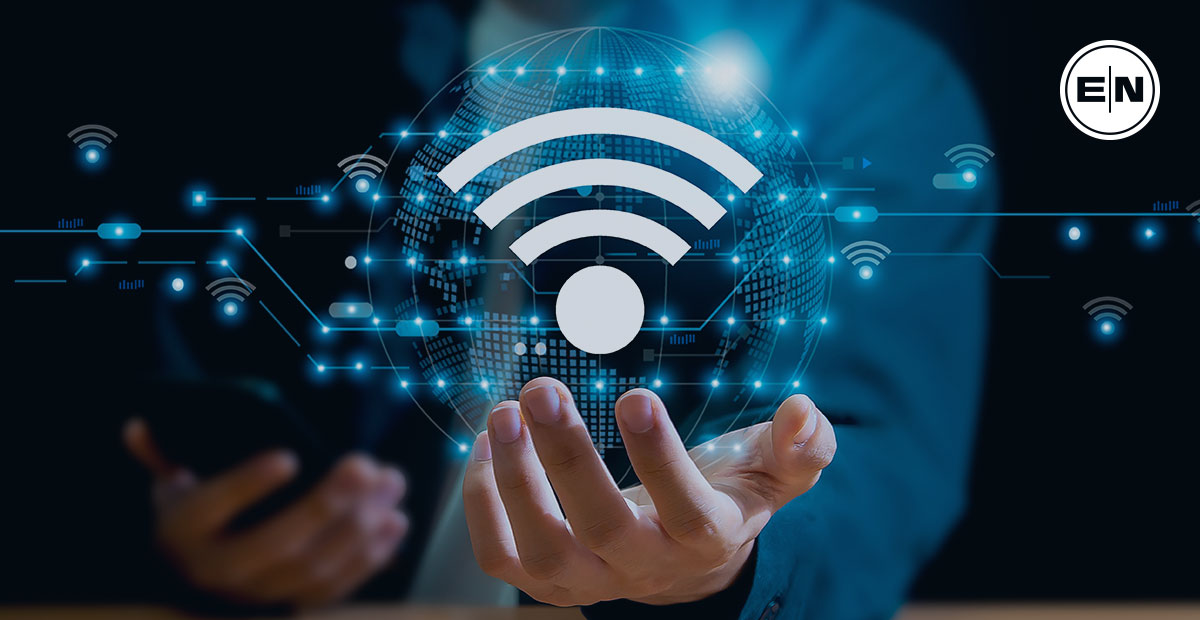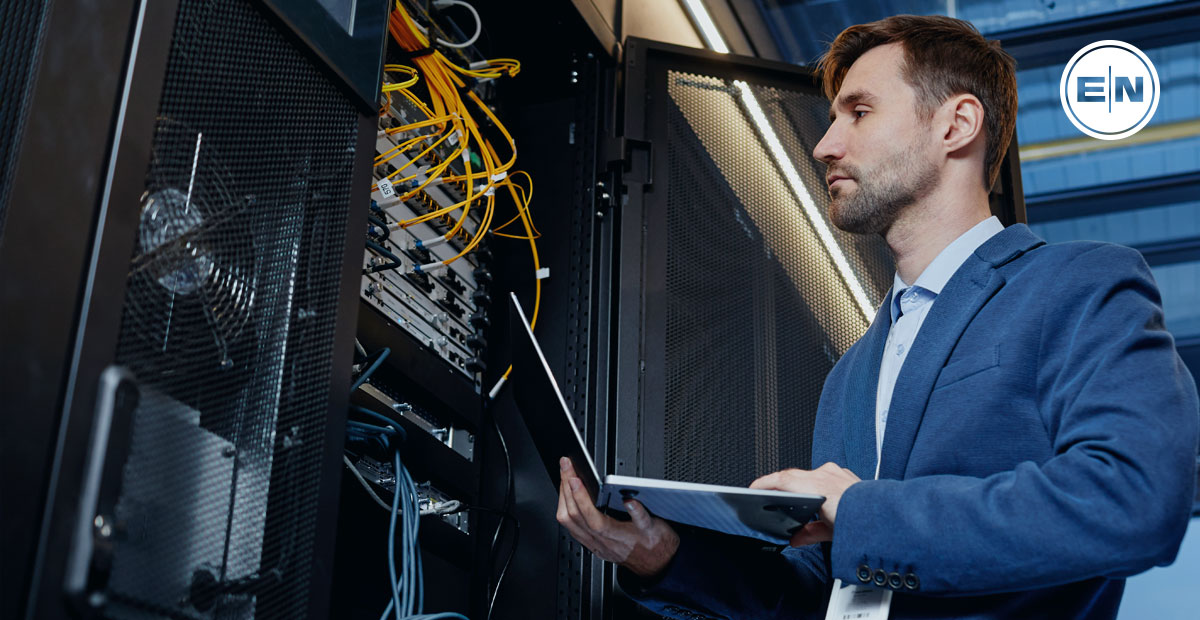Top 10 Ways to Secure Your Wi-Fi Connection

Wi-Fi is a great way for people to connect and share information, but hackers can also use it to gain access to your network. Hackers are constantly looking for new ways to get into networks, so you need to ensure your Wi-Fi network is as secure as possible. Here are 10 tips on how to secure your business’s wireless network.
What Exactly is Wi-Fi?
Wi-Fi (also known as Wireless Fidelity) is a wireless networking technology that allows devices to connect to the Internet via radio waves rather than through cables or wires. This means you can move around freely without worrying about tripping on cables.
The term “wireless” refers to the fact that no hardwired connections are required for this kind of communication. Instead, each device communicates directly with another using RF signals. In addition, because it does not require any wiring at all, Wi-Fi is also sometimes called “infrastructure-free”.
What Is The Difference Between the Internet And Wi-Fi?
Internet is a global system of interconnected computer networks that use the TCP/IP suite of protocols to communicate. A computer connected to the Internet can send and receive information to and from any other computer connected to the Internet.
In contrast, Wi-Fi is a type of wireless networking technology that allows users to connect to the Internet using radio waves instead of wired connections such as Ethernet cables.
10 Ways To Secure Your Wi-Fi Connection :
1. Move your Router to a Physically Secure Location
Make sure that your wireless network has adequate security by checking that your wireless routers are located in a secure place where they cannot be accessed by any outsiders. You can even consider installing video monitoring systems to ensure that your network is secure at all times.
2. Default Router Login Information
The default login credentials for most routers are admin. This means that anyone who gets their hands on your router could log in and change settings, allowing them to view sensitive data.
You should change the default login information when setting up your modern router. This includes changing the default username and password, which should not be anything like admin or password. Instead, use something unique to your company, such as the company name or employee name. You should also set a strong password with numbers, letters, and special characters.
3. Change the Network Name
The SSID is the unique identifying number for your wireless network, letting others know where they can connect to your network. You’d usually prefer for others not to know the models of routers you’ve got, but you may need them to be able to access your network.
If you leave the default name for your router, someone who wants to hack into your Wi-Fi could easily discover it by looking at the device’s default name. By changing the name, the router will appear as an unknown device on other networks. This means that if you’re using a guest network, people won’t be able to see any information about your router.
4. Upgrade Your Firmware and Software
Updating firmware and software is important because it helps keep your device safe from malware and viruses. Most devices today come preloaded with outdated versions of firmware and software, which makes them vulnerable to attacks, and you must update your device every time a new version comes out.
To check whether your device needs updating, look at its serial number. If it has a date next to it, then it is already current. Otherwise, visit the manufacturer’s website and download the latest version.
5. Make Sure That All Devices Are Upgraded
All devices connected to your Wi-Fi network must be updated with the latest firmware and software. This ensures that they are protected against any security vulnerabilities that may exist.
6. Use WPA2
WPA2 is considered the best encryption protocol available today. It uses Advanced Encryption Standard (AES ) technology to encrypt data, making it very difficult for hackers to break through. In addition, WPA2 supports 128-bit keys, which means that even if someone does manage to crack the encryption, they won’t be able to read the data being transmitted.
If you are connecting to a wireless network that doesn’t support WPA2, you should switch to it immediately. Many free online tools can help you convert your existing network into a WPA2 encrypted one.
7. Double Up on Firewalls
A firewall is an essential part of keeping your computer safe, and it prevents unauthorized people from accessing your system remotely. A good firewall will block incoming connections by default, but you should still double-check that it allows outgoing traffic.
Most firewalls have built-in antivirus programs, so make sure that you run both simultaneously. Also, some firewalls include parental controls, so you should consider installing these too.
8. Private Access and Public Access
You should set up private access and public access for your Wi-Fi network. Private network access only allows authorized users to connect to your network. Anyone who tries to connect will get redirected to a login page where they need to provide credentials.
Public access lets anyone connect to your network without having to provide credentials. However, it also exposes your network to potential threats. Make sure that you don’t allow public access unless absolutely necessary.
9. Turn Off WPS
The Wi-Fi Protected Setup (WPS) feature makes setting up a new Wi-Fi network easy. Unfortunately, it also opens your network up to attacks, and you shouldn’t turn this feature ON until you are ready to share your network publicly.
10. Limit or Disable DHCP
DHCP stands for Dynamic Host Configuration Protocol, and it automatically assigns IP addresses to computers when they connect to a network. If possible, disable DHCP completely. Instead, configure each device manually using a static IP address.
11. Eliminate Rogue APs
Rogue access points are malicious devices that pretend to be legitimate ones. They usually look like regular routers but aren’t connected to any networks. These rogue access points are often used to steal passwords and other sensitive information.
Conclusion
Wi-Fi security is important because it is the most common way to connect to the internet. Devices from hackers can easily intercept data if your Wi-Fi network isn’t appropriately protected. To keep yourself safe, follow the above tips.
to Contact Us




